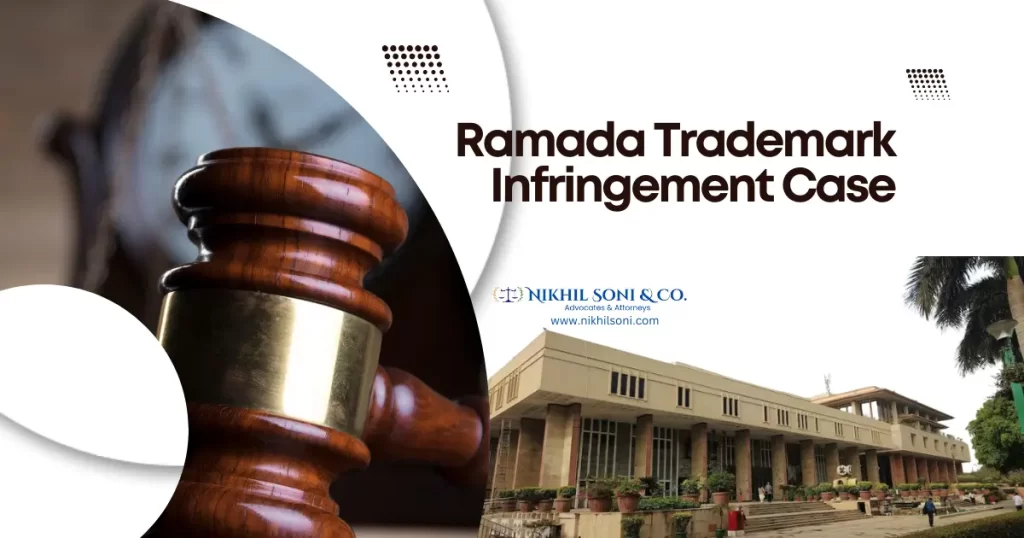Limited Liability Partnership (LLP) has emerged as a popular business structure among entrepreneurs in India. It blends the benefits of a partnership firm with the features of a company, offering flexibility in operations along with limited liability protection. This article explores the meaning, features, benefits, and registration process of an LLP, along with examples to help you understand this business model comprehensively.
Table of Contents
ToggleWhat is a Limited Liability Partnership?

A Limited Liability Partnership (LLP) is a legal business entity that combines the flexibility of a partnership with the limited liability protection of a company. It is formed by a minimum of two partners who agree to the terms stated in an LLP agreement. The personal assets of the partners are protected, as they are only liable to the extent of their investment in the business. This ensures that the partners’ personal wealth is safeguarded in case of business losses or legal issues.
Features of a Limited Liability Partnership
- Separate Legal Entity: An LLP is a distinct legal entity separate from its partners. It can own property, enter into contracts, and conduct business in its name.
- Minimum Two Partners: To establish an LLP, a minimum of two partners is required. There is no upper limit on the number of partners.
- Designated Partners: At least two designated partners are mandatory, with one being a resident of India. These partners are responsible for ensuring compliance with legal and regulatory requirements.
- Limited Liability: The liability of each partner is limited to the amount they contribute to the LLP, protecting their personal assets from business obligations.
- Low Formation Cost: Setting up an LLP involves relatively lower costs compared to forming a private limited company.
- Less Compliance: LLPs are subject to fewer regulatory requirements, making them easier to manage compared to traditional companies.
- No Minimum Capital Requirement: There is no mandatory minimum capital investment for starting an LLP, offering flexibility in establishing the business.
Benefits of a Limited Liability Partnership
- Limited Liability Protection: Partners’ personal assets are safeguarded from the business’s debts and liabilities.
- Flexibility in Management: Partners have the liberty to structure their roles and responsibilities as per the LLP agreement.
- Tax Benefits: LLPs enjoy pass-through taxation, meaning the profits are taxed only at the partner level, avoiding double taxation.
- Ease of Formation and Operation: The registration process for an LLP is straightforward, and ongoing compliance requirements are minimal compared to companies.
Disadvantages of a Limited Liability Partnership
- Compliance Costs: While less stringent than companies, LLPs must adhere to specific compliance requirements like annual filings and record maintenance. Non-compliance can lead to penalties.
- Limited Access to Capital: LLPs cannot raise funds through equity shares, which makes attracting investors or venture capitalists challenging.
- Dissolution Risks: An LLP can face dissolution if the number of partners drops below two for six months or due to severe financial difficulties, disrupting business operations.
Read Meanwhile: What is an Import Export License? A Comprehensive Guide to Global Trade Compliance
LLP vs. Limited Partnership
- Liability: In a limited partnership, at least one partner has unlimited personal liability, whereas all partners in an LLP enjoy limited liability protection.
- Management: LLPs allow all partners to participate in the management, while limited partnerships often restrict the involvement of certain partners.
Difference between LLP and partnership
| Aspect | LLP (Limited Liability Partnership) | General Partnership |
| Legal status | Separate legal entity | No separate legal entity |
| Liability | Limited to the extent of the partner’s contribution | Unlimited; partners are personally liable |
| Number of partners | Minimum 2, no maximum limit | Minimum 2, maximum 20 (10 for banking partnerships) |
| Management | Managed by designated partners | Managed by all partners jointly |
| Registration | Mandatory under the LLP Act, 2008 | Not mandatory, but advised for legal recognition |
| Compliance requirements | Higher compliance, annual filing mandatory | Lower compliance requirements |
| Ownership of assets | Owned by the LLP as a legal entity | Owned collectively by the partners |
| Transfer of ownership | Easier; governed by the LLP agreement | More restrictive, requiring partner consensus |
| Continuity of existence | Continues regardless of changes in partners | Dissolves upon a partner’s death or withdrawal |
| Taxation | Taxed as a partnership; no dividend distribution tax | Taxed as a partnership |
| Suitable for | Professionals, businesses requiring limited liability | Small businesses, professional services, family-run firms |
Structure of an LLP
An LLP is a distinct entity registered under the Companies Act. It requires at least two members, who can be individuals or companies. There is no cap on the maximum number of partners. The structure allows flexibility, as an LLP can even include one individual and a dormant company. Partners must provide a registered business address and maintain a member register.
The difference between a Limited Liability Partnership and a company
| Aspect | LLP (Limited Liability Partnership) | Company (Private/Public) |
| Legal status | Separate legal entity | Separate legal entity |
| Governing law | Governed by the LLP Act, 2008 | Governed by the Companies Act, 2013 |
| Liability | Limited to the extent of the partner’s contribution | Limited to the extent of shares held (for shareholders) |
| Ownership | Owned by partners (designated partners) | Owned by shareholders |
| Management | Managed by designated partners | Managed by Board of Directors |
| Number of members | Minimum 2 partners, no maximum limit | Minimum 2 (private company) or 7 (public company), maximum 200 (private) |
| Compliance requirements | Moderate compliance requirements (annual filing mandatory) | Higher compliance requirements (mandatory audits, annual filings) |
| Registration | Mandatory registration under LLP Act, 2008 | Mandatory registration under Companies Act, 2013 |
| Transfer of ownership | Requires consent of all partners as per the LLP agreement | Shares can be freely transferred (subject to restrictions in private companies) |
| Perpetual succession | Yes, LLP continues regardless of changes in partners | Yes, company continues regardless of changes in shareholders |
| Taxation | Taxed as a partnership; no dividend distribution tax | Subject to corporate tax rates; dividend distribution tax may apply |
| Profit distribution | Distributed according to the LLP agreement | Distributed as dividends according to shareholding |
| Audit requirement | Mandatory only if turnover exceeds a specified limit | Mandatory, regardless of turnover |
| Suitable for | Professional services, small businesses needing flexibility | Larger businesses, companies looking for growth and investment |
LLP Registration Process
To register an LLP, follow these steps:
- Obtain Digital Signature Certificate (DSC): Partners need a DSC from a government-authorized agency to sign documents electronically.
- Apply for Designated Partner Identification Number (DPIN): File Form DIR-3 along with Aadhaar and PAN documents to obtain DPIN.
- Reserve a Name: Use Form RUN-LLP to propose a unique name for the LLP. Ensure it does not resemble existing entities.
- Incorporate the LLP: Submit Form FiLLiP to the Registrar of Companies, providing required details and paying applicable fees.
- File LLP Agreement: Within 30 days of incorporation, file Form 3 to submit the LLP agreement, detailing the rights and duties of partners.
Example of an LLP
A common example of an LLP is a law firm. In such a structure, lawyers operate as partners, sharing profits and liabilities. However, their personal assets remain protected from the firm’s debts, providing financial security while encouraging collaborative decision-making.
Conclusion
A Limited Liability Partnership (LLP) offers a unique combination of flexibility, limited liability protection, and ease of management, making it a preferred choice for startups, SMEs, and professional service providers. Understanding its features, benefits, and registration process is essential for entrepreneurs looking for a business structure that balances personal asset protection with operational convenience. By adopting the LLP model, businesses can focus on growth and innovation without the fear of personal financial loss.
Read Further; Limited Liability Partnership FAQ
What is a Limited Liability Partnership,What is a Limited Liability Partnership, What is a Limited Liability Partnership,What is a Limited Liability Partnership, What is a Limited Liability Partnership,What is a Limited Liability Partnership, What is a Limited Liability Partnership,What is a Limited Liability Partnership, What is a Limited Liability Partnership,What is a Limited Liability Partnership, What is a Limited Liability Partnership,What is a Limited Liability Partnership





